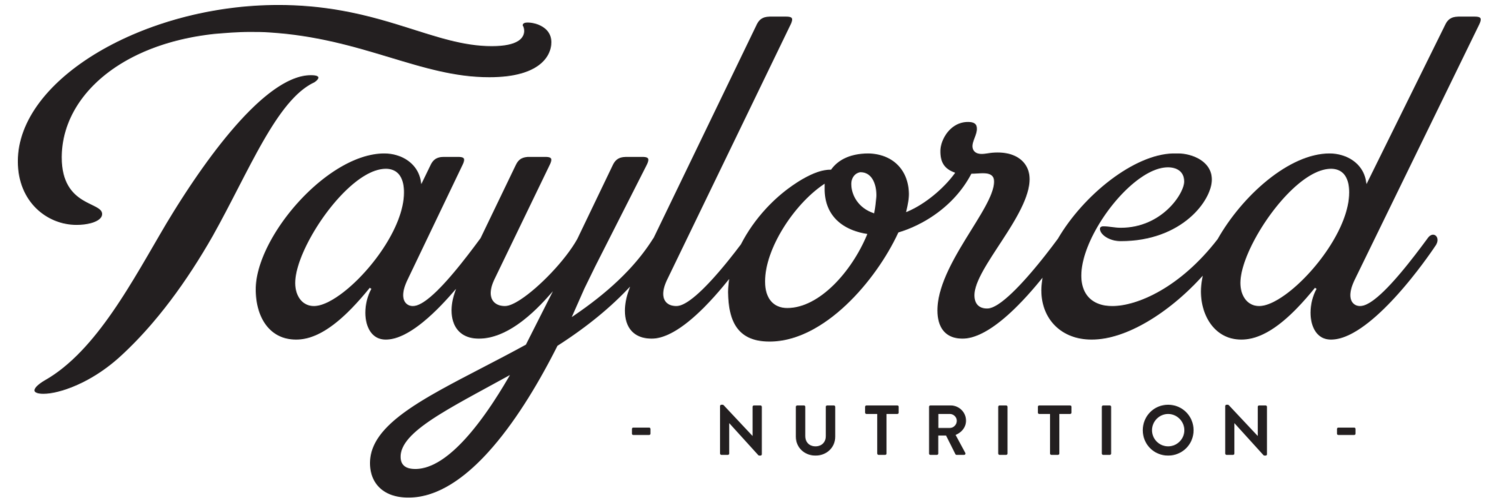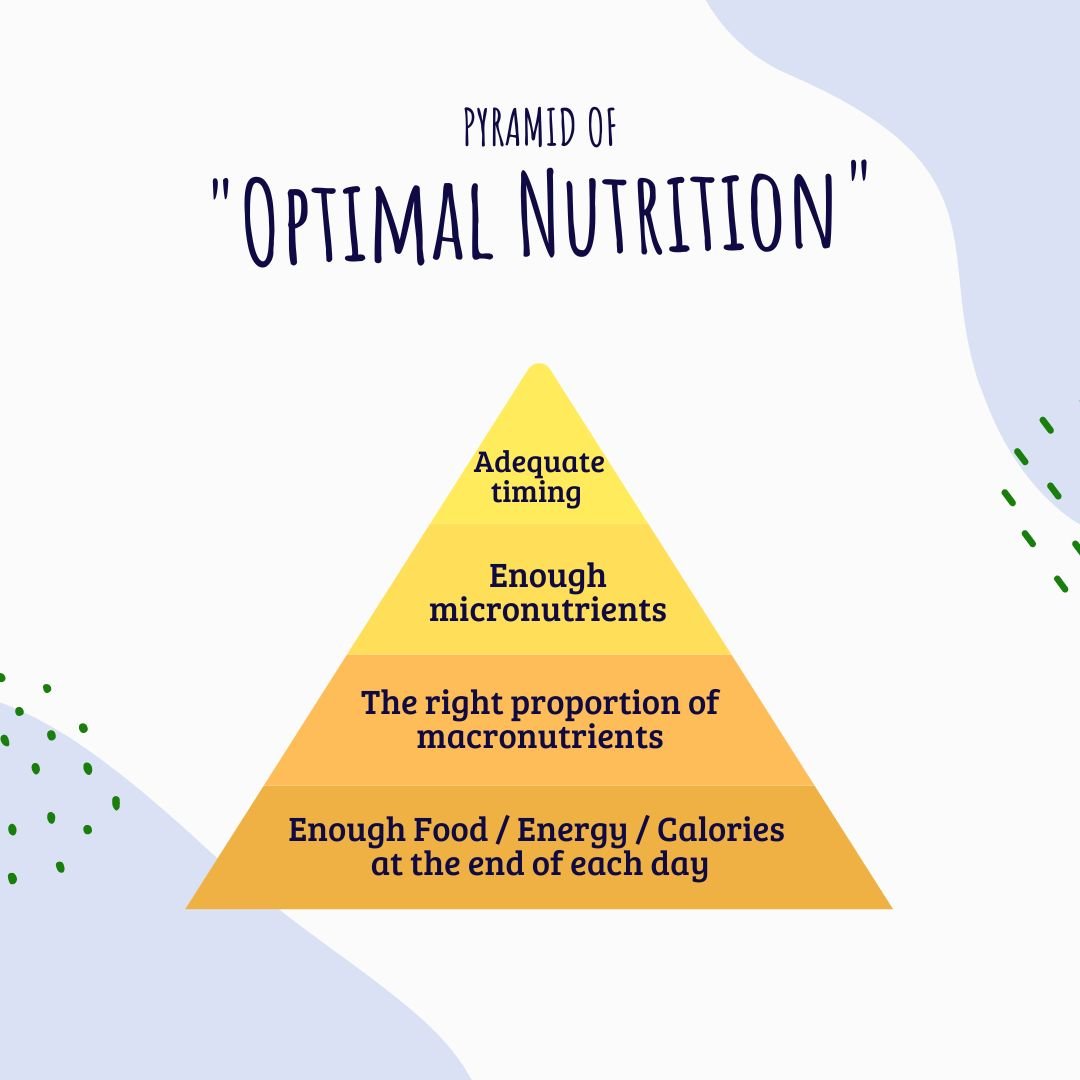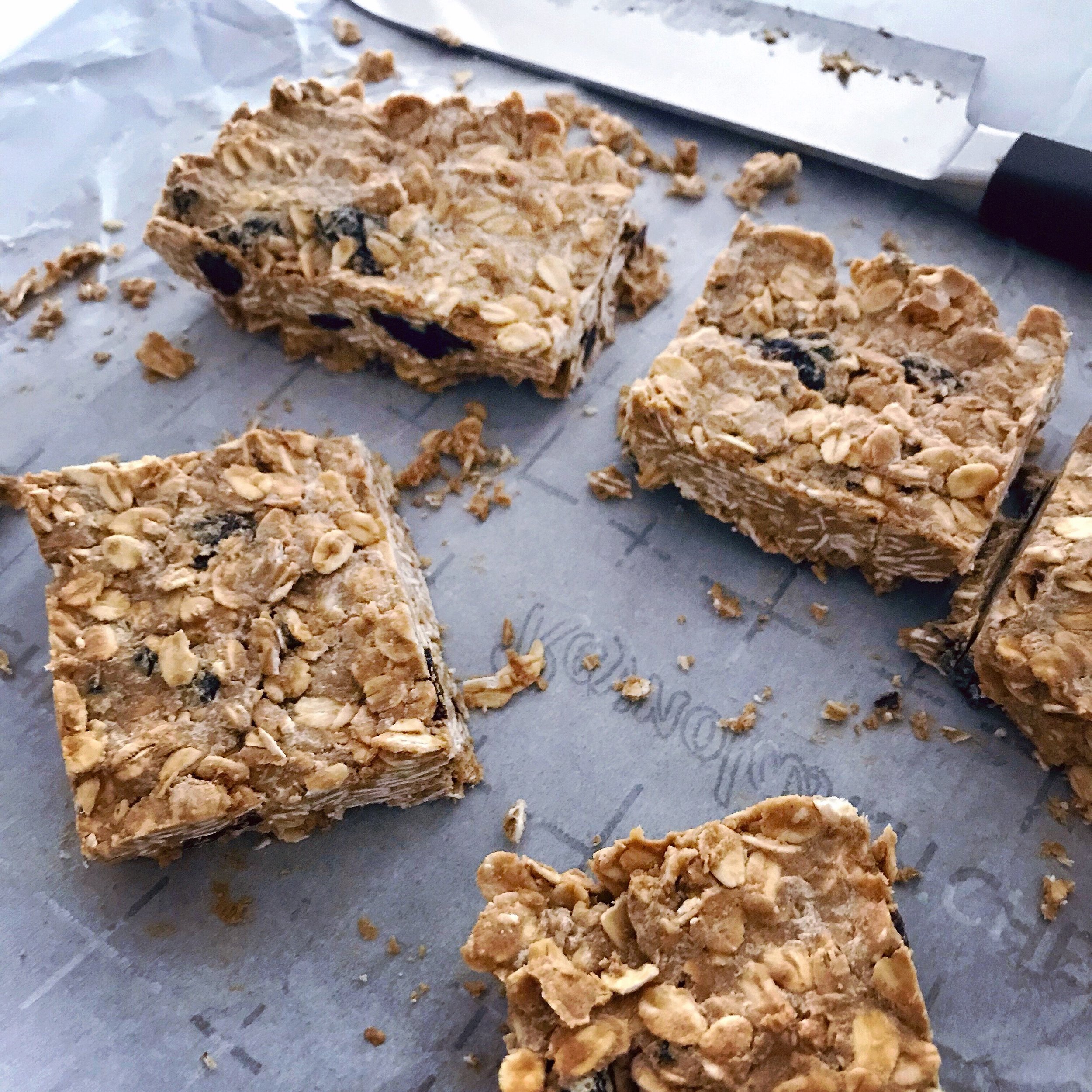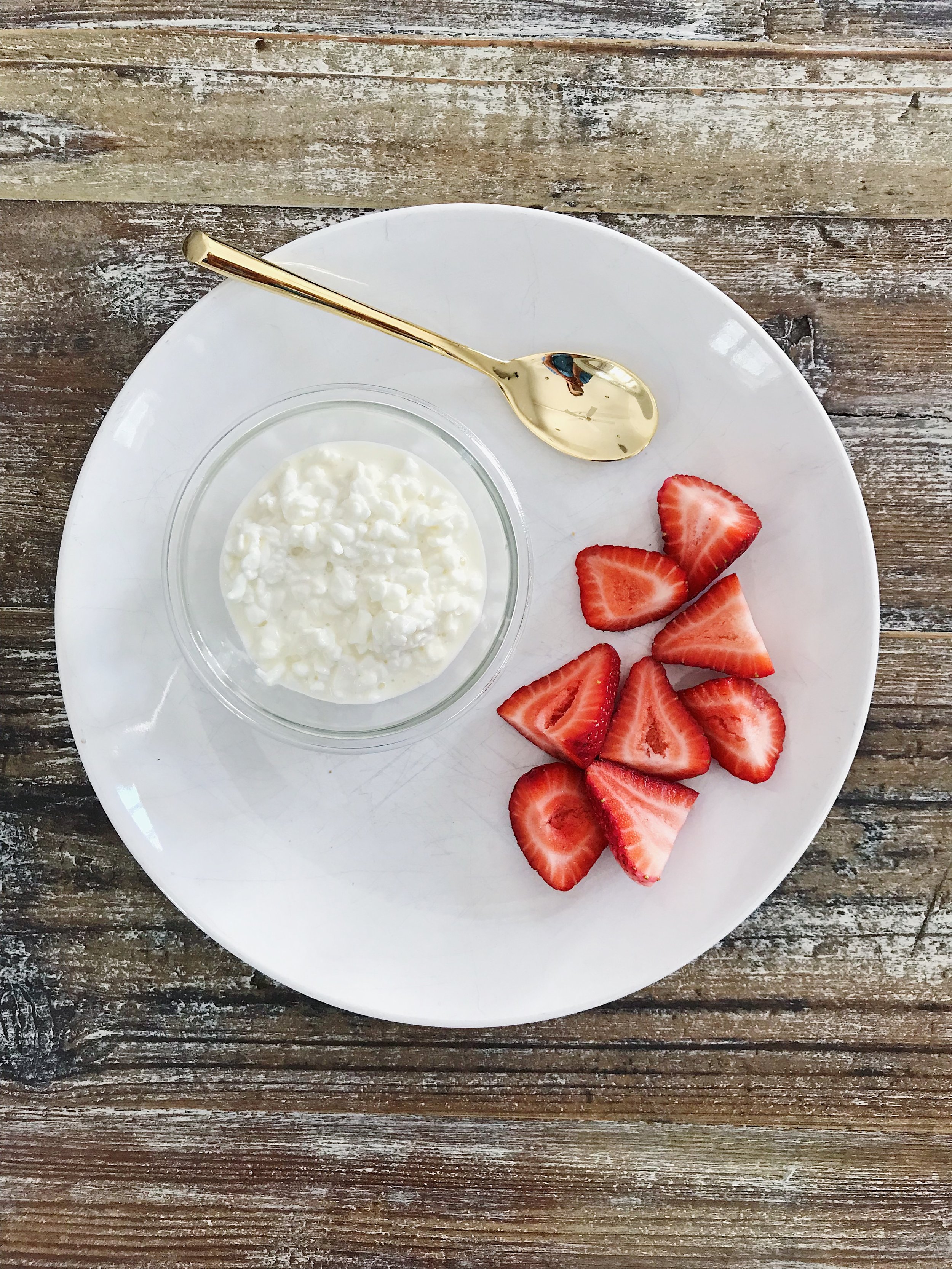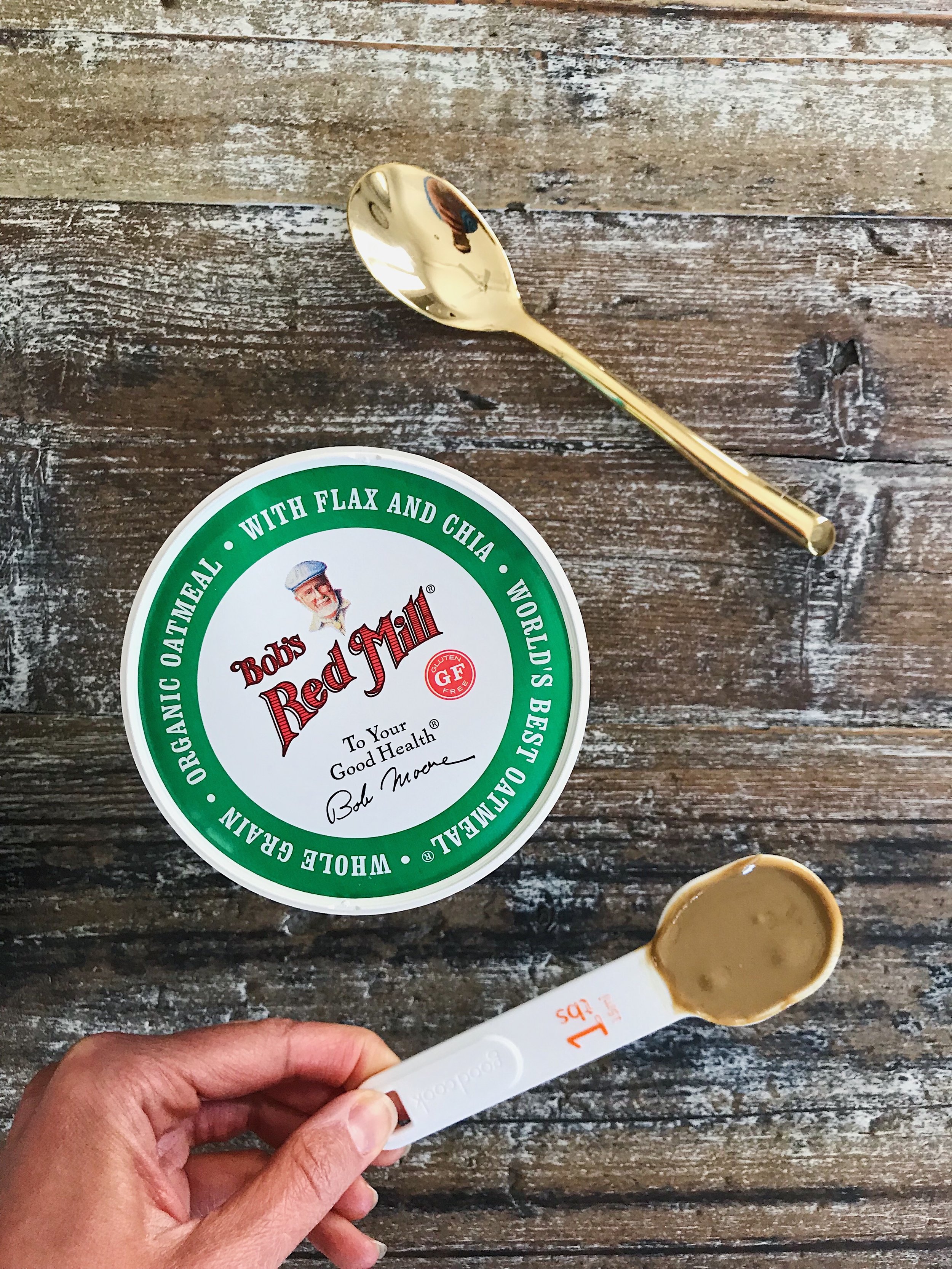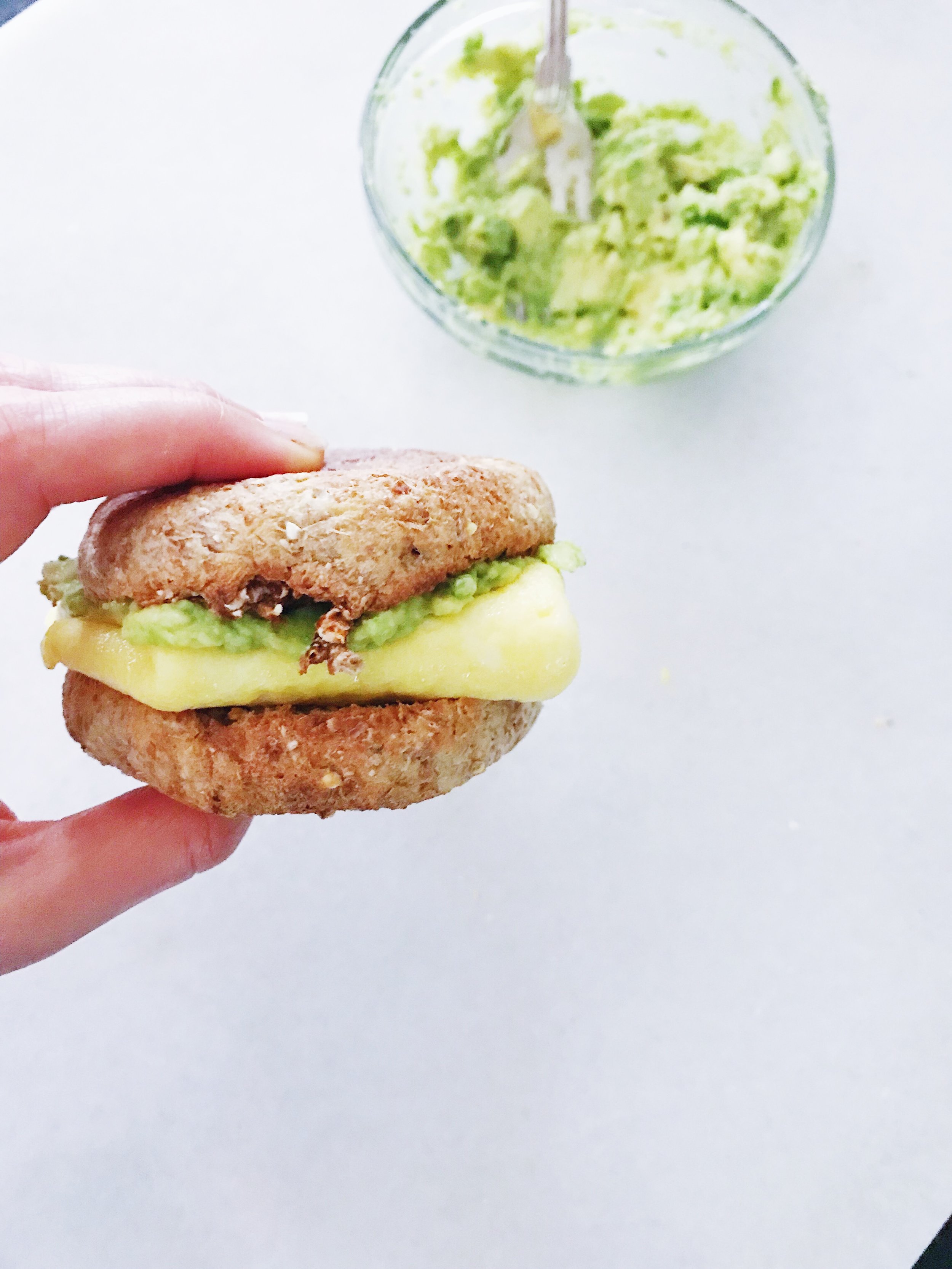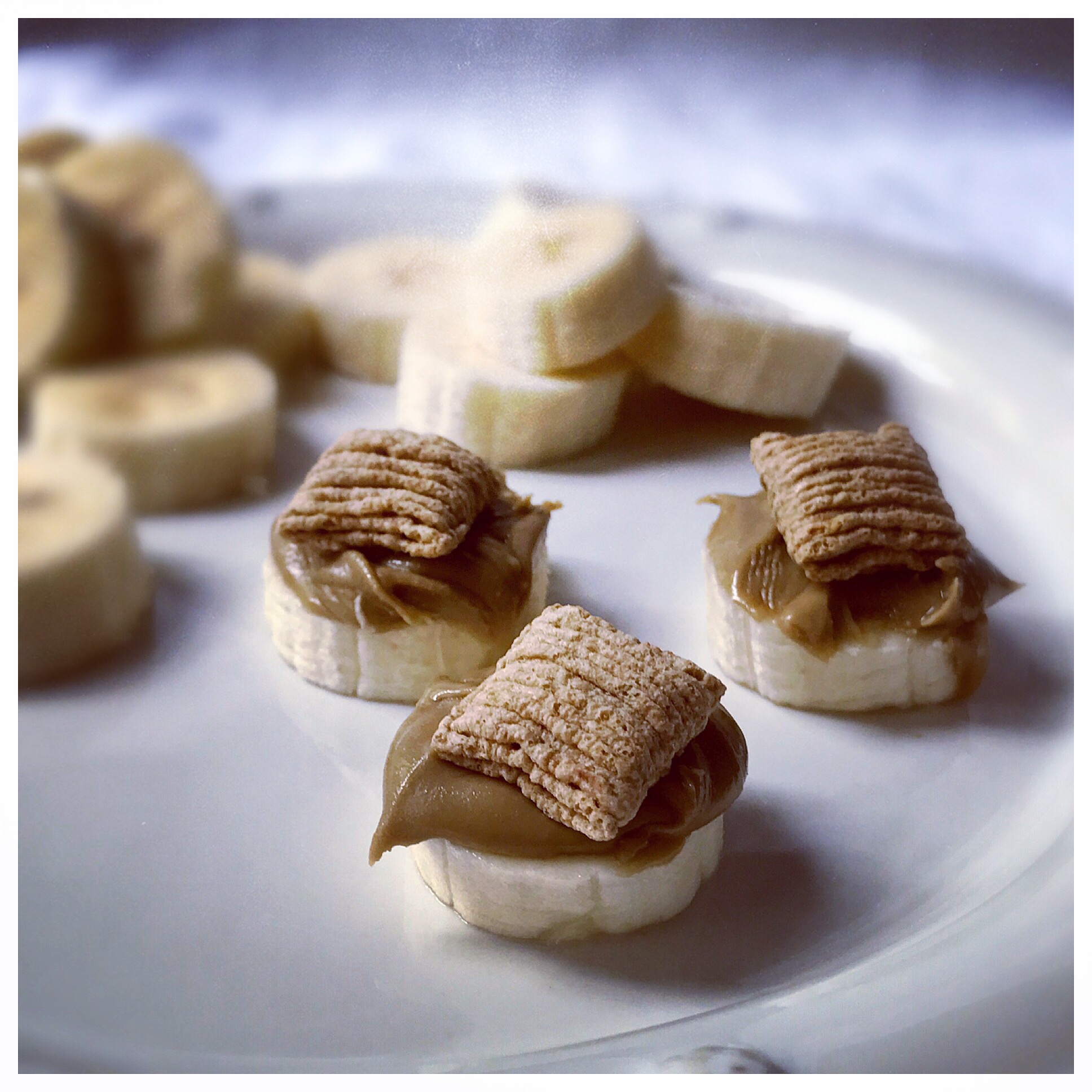There is often times a misconception that athletes in aesthetic sports eat less or need to eat less to be "better". Cue the ballerina, the gymnast, the figure skater, and the dancer, to name a few. In sports with constricting and limited attire, where jumping, speed and agility are crucial, athletes may often restrict intake, skip meals, or fill standard size meals with only low-calorie items. However, something the sports community is realizing is that a lower number on the scale and bony prominences are not a sign of success and certainly not a fast track to the gold.
I have read about this in numerous articles over the past few years but actually experienced this on my own in high school. These articles that I read later were a scientific confirmation of what I already discovered based off of personal experience and performance.
Growing up as a figure skater, I would say that I got really "competitive" in the USFS (U.S. Figure Skating) realm somewhere around sophomore year of high school (although I was serious about it and competing from somewhere around the age of 8). After years of falls and frustrations, summer training camps away, and six days a week at the rink, I finally landed a very difficult element for me, and one I needed to compete at the next level, my double axel. Alongside this I was also running cross country with my high school. Top six days a week of skating with cross country and you find quite a physical and mental demand. This was the point when I realized that to really compete I needed speed, I needed strength and I needed massive amounts of focus. I quickly realized that none of those could be obtained when under-fueled or under-nourished. While I felt like I was a fairly healthy eater, I realized that maybe that wasn't enough. My practices were longer and more intense and I was looking to improve, not to maintain. In the past I might have arrived to the rink slightly hungry but would wait it out until a break or dinner. However, returning from skating camp the summer I landed my double axel and beginning the new school year, I noticed this usual eating pattern only leaving me exhausted and with a sometimes sloppy practice. I had my jumps, I had my spins, now I wanted to increase my speed, making those jumps higher and those spins faster, and nailing my routines nine times out of ten. I quickly realized that to meet these expectations I had to show up to the rink ready. I don't mean just having the right outfit, gloves, music, etc. I mean ready in its entirety - fueled, nourished and ready to give practice my all.
We all know what our "A" game is. Well, my thoughts are that if we can't bring it to practice how are we ever going to improve upon it and advance? Of course we always have our off-days. However, for the most part, we have got to practice at our best as much as we can so that with each practice and each performance we can improve upon the last, thereby improving our performance and outcomes when it really counts - in competition.
It was during this time when my skating got more serious and I started to consider myself a real competitor that I realized just being “healthy” wasn't always going to cut it. I needed extra fuel and more nutrition. This was the year I (A) started to bring my lunch to school, (B) ate more food and ate it more frequently (packed my lunch and always made sure to include an afternoon snack within about 1 hour of getting to the rink) and (C) saw the biggest improvement in my skating AND my running. I was faster and stronger which made for an exciting year in my sports, in my schoolwork and in my overall attitude. Many people that I have spoken with or clients that I have worked with have seemed to share or understand this common belief that to be more competitive an aesthetic sport athlete needs lighter meals, which often materialize as more salads, more fruits, and sticking to only three meals a day. However, the reality is that athletes, including aesthetic athletes, actually need MORE if they to improve (and prevent injury). That may mean more food at meals or more eating opportunities or more energy than fruits & vegetables can supply.
A note to the young athlete
To all of those aesthetic athletes out there afraid of "eating too much”, if you're feeling fatigued and your performances and practices have not been up to your normal standards, or worse, you are suffering from multiple or non-healing injuries, take a good look at your daily intake and find room for improvement or small dietary additions here and there. While those salads, fruits, and scheduled meals are great, they can leave you lacking in the energy required for your sport. It may be that you simply need an extra apple, some peanut butter with your banana, a bigger salad with some almonds or avocado added, an extra slice of whole-wheat toast in the morning, or a small whole grain granola bar before practice. On the other end of the spectrum, maybe you’re a multi-sport athlete. Maybe you play school and club soccer and decided to join the cross country or track team and you’re going through your growth spurt. Remember that with your increased practices, games and tournaments, especially during this growing period, comes the necessity of a little or a lot more food whether that’s more at lunch, actually eating breakfast (for many of you non-breakfast eaters out there) or adding in an afternoon or evening snack. Remember that it doesn’t have to be complicated and that there is not one universal prescription for every athlete. Your extra nutrition needs depend on you as an individual and your sport. However, if you're looking to improve, remember that with each day and with each practice you have to fuel up to power up. Give your body enough nutrition (along with sleep and a few other factors), and watch it hand you more energy, better focus and improved performance in return.
to the parent, coach & support team of the young athlete
Stay tuned for more posts this month as I dive more into pre and post event meal and snack ideas!
Happy Fueling!
Taylor
